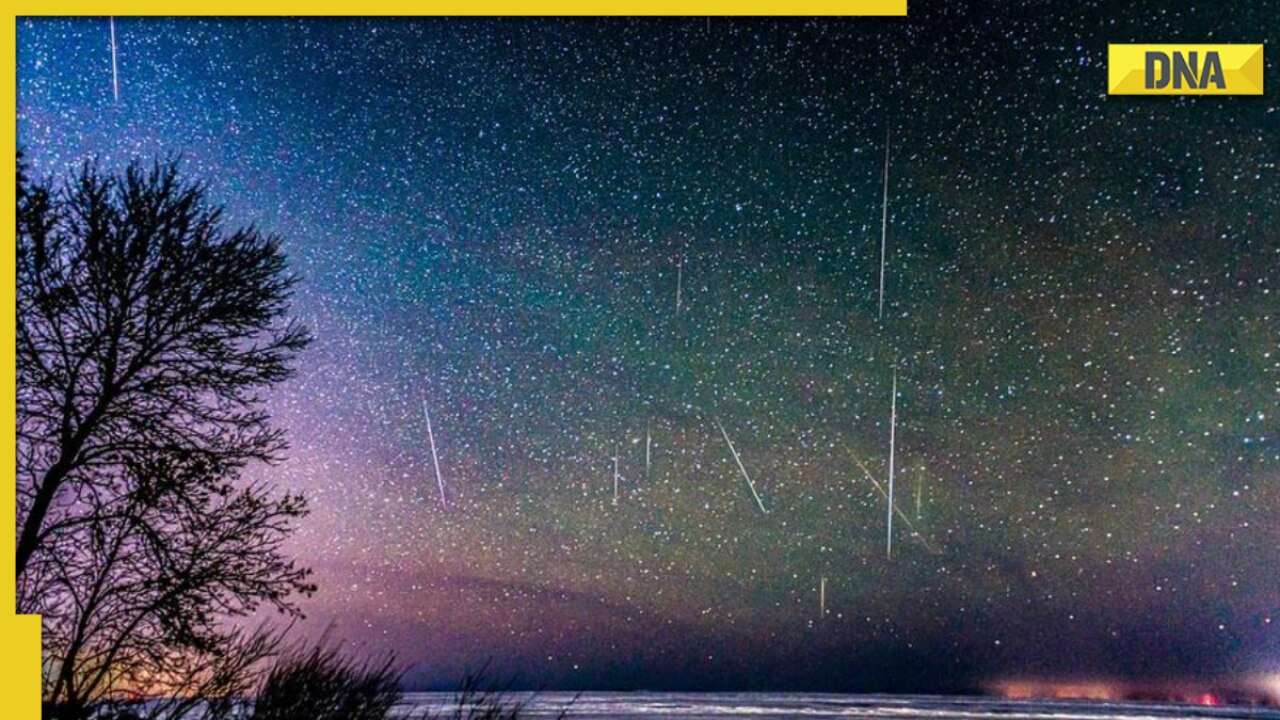First meteor shower of 2023: quadrantids peak overnight, netizens share pics of shooting stars
- Select a language for the TTS:
- UK English Female
- UK English Male
- US English Female
- US English Male
- Australian Female
- Australian Male
- Language selected: (auto detect) - EN

Play all audios:

The Quadrantids are a kind of yearly meteor shower often considered to be among the greatest of their kind. The Quadrantids are a kind of yearly meteor shower often considered to be among
the greatest of their kind. The Quadrantids meteor shower, a yearly favourite of skywatchers, occurred this week and was exceptionally stunning. The Quadrantids, sometimes known as the
'Quads,' are distinctive among meteor showers for many reasons. To begin, the asteroid 2003 EH1 was identified twenty years ago, and these meteors constitute its debris path. At
3.2 kilometres in diameter, the asteroid is large enough to be the fragment of a long-dead comet, which is what most scientists believe it to be. The stunning fireball meteors produced by
the Quads are well-known because they come from larger fragments than those responsible for more common meteors. Unlike most meteor showers, the Quads only reach their peak for a few hours,
adding to its allure. This is because most meteor showers peak across two days, making it easier to catch sight of the meteors. The typical rise time for the Quadrantids from quarter
strength to peak activity is just approximately 12 hours, while the typical fall time might be as low as 4 hours. Even though the peak won't last long, stargazers are nevertheless
psyched about the chance to capture these meteors. The Northern Hemisphere saw the blasting fireballs. It was seen in many locations throughout India, including the Rann of Kutch in Gujarat,
Jaisalmer in Rajasthan, Coorg and Bengaluru in Karnataka, and Lonavala and Shahpur in Maharashtra. [embedded content] ALSO, READ: BLACK HOLES MIGHT MAKE TIME TRAVEL POSSIBLE, BUT
THERE'S A CATCH > A meteor of the Quadrantids passes over the rocks in Bayingolin > Mongolian Autonomous Prefecture, Xinjiang Uygur Autonomous Region, > China. > >
在新疆看流星更清晰。#photooftheday #photography #PHOTOS > #photo #xinjiang pic.twitter.com/qWVtJWia8n > — Bunny_Tano ( Follow back 100%) (@Tano_Bunny) January 4, 2023 > First clear night this
year, the Quadrantid meteor shower still > visible in the night sky. #nightsky #quadrantids #Scotland > pic.twitter.com/HceKohSfeF > — Daniel Letford (@danny_ltd) January 2, 2023
Telescopes are unnecessary because of the restricted field of view they provide. When lying down, NASA recommends positioning your feet so that you are facing northeast. After 30 minutes,
your eyes should be able to pick out even the faintest meteors. I hope you like the show!